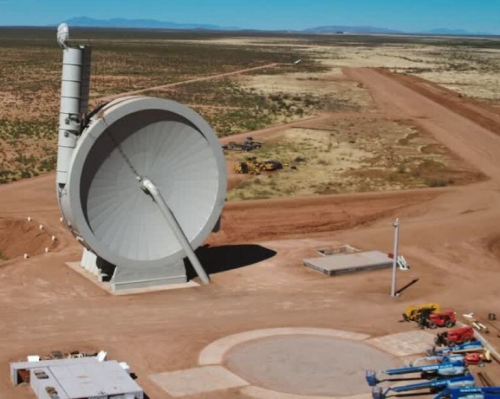Satellite about to burn up because Sherpa orbital tug has done nothing
Capitalism in space: A Boeing cubesat satellite launched last month is about to burn up as it returns to Earth because the Spaceflight Sherpa orbital tug that was supposed to raise its orbit has as yet done nothing.
Spaceflight planned to use a chemical propulsion system on the Sherpa, provided by Benchmark Space Systems, to raise the orbit of the vehicle to an altitude of 1,000 kilometers. The Sherpa payload, initially not disclosed by Spaceflight, is a V-band communications demonstration by Boeing called Varuna.
However, tracking information from the U.S. Space Force shows that Sherpa has yet to raise its orbit. Atmospheric drag has caused that orbit to gradually decay, and the spacecraft was most recently tracked in an orbit of 283 by 296 kilometers. That raised concerns that the spacecraft could reenter in a matter of weeks if it does not start firing its thrusters.
Spaceflight officials explain the lack of action is because they are still “commissioning” the tug, whatever that means. It also appears that problems was this same propulsion system caused SpaceX to ban Spaceflight in March as a customer on future rideshare launches.
Capitalism in space: A Boeing cubesat satellite launched last month is about to burn up as it returns to Earth because the Spaceflight Sherpa orbital tug that was supposed to raise its orbit has as yet done nothing.
Spaceflight planned to use a chemical propulsion system on the Sherpa, provided by Benchmark Space Systems, to raise the orbit of the vehicle to an altitude of 1,000 kilometers. The Sherpa payload, initially not disclosed by Spaceflight, is a V-band communications demonstration by Boeing called Varuna.
However, tracking information from the U.S. Space Force shows that Sherpa has yet to raise its orbit. Atmospheric drag has caused that orbit to gradually decay, and the spacecraft was most recently tracked in an orbit of 283 by 296 kilometers. That raised concerns that the spacecraft could reenter in a matter of weeks if it does not start firing its thrusters.
Spaceflight officials explain the lack of action is because they are still “commissioning” the tug, whatever that means. It also appears that problems was this same propulsion system caused SpaceX to ban Spaceflight in March as a customer on future rideshare launches.





